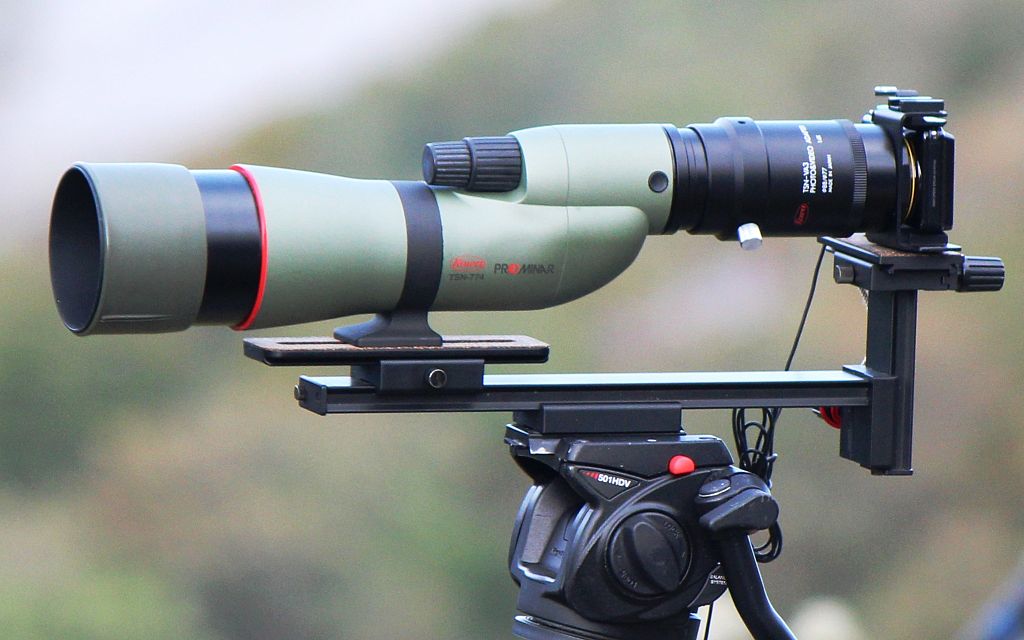
If you have been looking for a reason to prise the kids away from their screens and various devices, what better way to encourage them to get outdoors in the fresh air with digiscoping? All kids like watching wildlife, and with digiscoping, they can do just that. Although it requires a lot of practice, it should keep the kids entertained for hours, which is great for those long summer holidays when all you seem to hear is “I’m bored.” Some photographers have perfected the technique of digiscoping to the level where they have photographed some amazing photographs of birds and other wildlife, which would otherwise be impossible with a traditional digital camera.
The first step to digiscoping is to assemble the right kit. Digiscoping is increasing in popularity which is growing the number of products that are available on the market. If your family already owns a digital camera, you’re halfway there. Another piece of kit you will need is a spotting scope, and an adapter to connect your camera and spotting scope. A spotting scope is essentially a kind of telescope that creates an upright image. Unlike a normal telescope, a spotting scope is much smaller, and it doesn’t have as much magnifying power as a regular telescope. Also, the majority of spotting scopes are weatherproof; being resistant to fog and water.
If you don’t have any equipment to start digiscoping, a quick search online will reveal all the equipment that you need, and stores such as Phone Scope offer great and up to date equipment. The best camera is one that has a flexible focus and shooting mode. The camera that you need will also require a 3x optical zoom to stop black circles from appearing around the image.
Digiscoping Basics
Before you begin digiscoping, it is important to understand the camera and the spotting scope, so when you eventually merge them together, you get a great result. Practice first with still objects in the garden like a tree or a garden ornament so you can perfect your technique. Then once you have mastered the basics, you can move on to larger birds such as ducks in the local park or geese at the farm because they move more slowly and are easier to photograph. Then once these have been perfected, you can move onto small animals.
If you are considering digiscoping as a new hobby, you will need to purchase the equipment, but before you decide on buying a spotting scope, it is important that you try it out first. There are two main types of digiscope; straight and angled. The straight scope is best if you intend to use it primarily for photography while an angled scope is more suited to a birder who takes the odd photograph now and again.
Finally, a great digiscoping image is all about the right amount of light. The more light, the more illumination and the less motion blur there will be. If you are using a zoom eyepiece on the spotting scope, it is recommended that you set it at the widest possible setting. This reduces blurry images and camera shake.